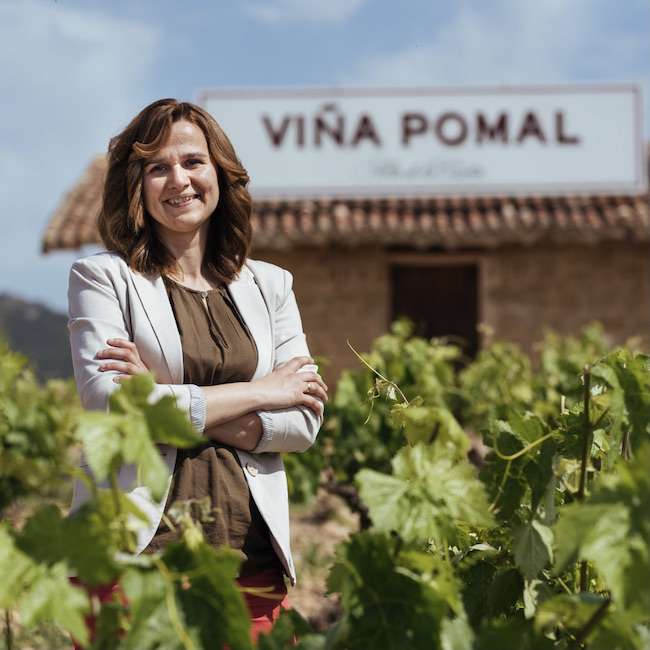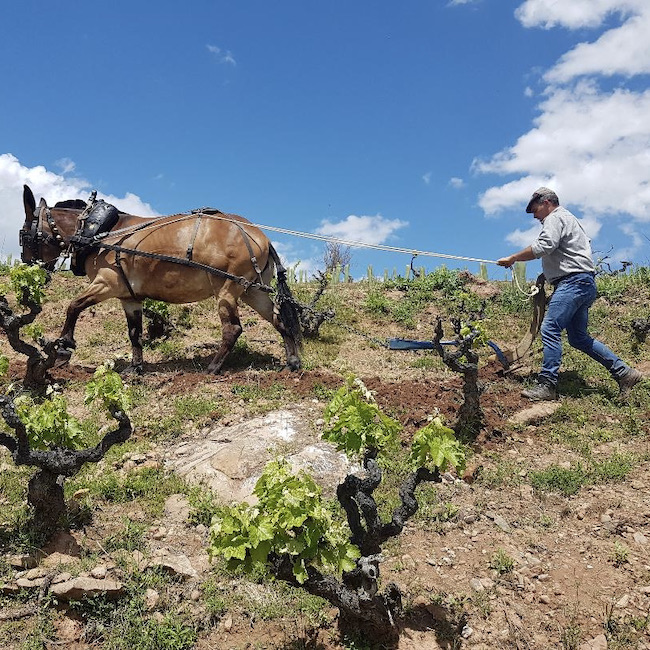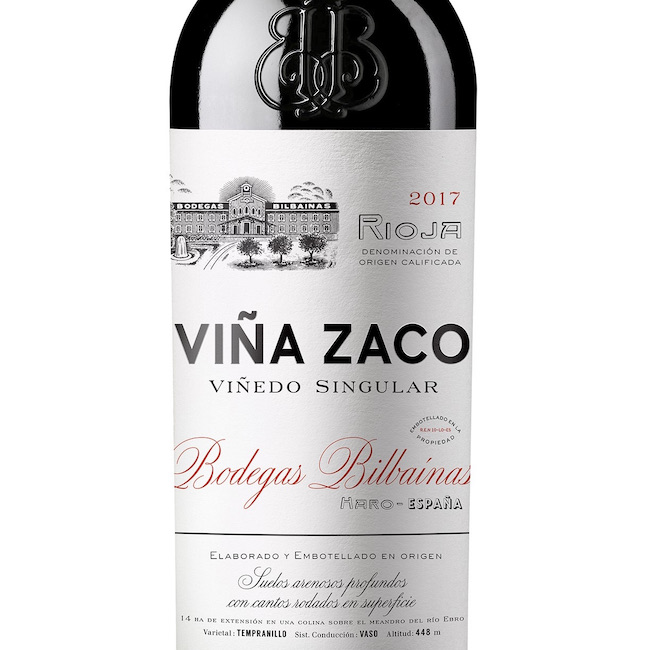by Anna Harris-Noble - @annanoble
.png.transform/rendition-xs/image_image%20(1).png)
We speak to key producers from Rioja who explain the new legislation that represents a change of paradigm in Rioja, putting the emphasis on the land itself rather than work in the winery

by Anna Harris-Noble - @annanoble
New legislation came into force in Rioja in 2019 that echoes the Cru system of Burgundy. The new designation of Viñedo Singular is for wines that come entirely from a classified vineyard. Among other factors, the vines must be at least 35 years old and harvested by hand. The maximum yields are also lower than for other categories.
Although Rioja is associated with blended wines categorized according to their ageing in oak, wines made from single vineyards have long existed in the region. Mayte Calvo de la Banda, the winemaker and technical director of Bodegas Bilbaínas, explains:
“Viña Zaco and Viña Vicuana were vineyards that our founder, Santiago Ugarte purchased back in 1918. From the outset, they were represented in wines that bore the name of each vineyard. The philosophy of Bodegas Bilbaínas has always been to reflect the singular character of each of the vineyards in its wines.”
Mayte sees the new legislation as “giving greater authenticity and highlighting the starring role that the vineyard plays in creating a wine. As opposed to the traditional categories that only certify the length of ageing in barrel and bottle.”

In Search of Identity
Winemaker and Doctor of Oenology, Juan Carlos Sancha, has long been a proponent of moving from an ageing-based classification to a vineyard-based one. “I’m a winemaker and I sell fruit, if I were a carpenter I’d sell wood,” is one of his catchphrases. A recent paper he wrote highlighted how the “Viñedo Singular” category will help keep Rioja’s 8.750 ha of vines aged 40 years or more in the ground.
His supremely elegant Cerro de la Isa wines were among the first Viñedo Singular wines to be launched. They come from a vineyard planted by his great grandfather in 1906 with a mix of red and white grapes, including Garnacha Tinta, Garnacha Blanca, Malvasía, Viura, Turruntés and Calagraño, which he uses to make both a red and a white version of Cerro de la Isa.

Arizcuren’s Barranco del Prado is a pre-phylloxera, sandy-soiled Viñedo Singular. Located in Quel, it was planted by the grandfather of the current vineyard owner in the late 19th century.
Javier Arizcuren explains, “For me, this vineyard represents what viticulture was like in a certain location, its identity; a living museum. A photo taken in 1956 shows the hillside covered in vines, many of them un-grafted Garnacha, which were then pulled up to plant Tempranillo on the fertile valley floor. I decided to launch this wine in the Singular Vineyard category, not only for the quality of its grapes, but above all to highlight the exceptional character and value of the vines. My aim is to return the identity to the Rioja Oriental that it never should have lost.”

Sold Out: The Success of Singular Vineyard from Rioja
Demand is such that the 700 or so bottles of the pure and silky-textured Barranco del Prado are sold on allocation, most exported to Japan, the USA and UK. A few cases also go to Michelin-starred Spanish restaurants Extebarri (Atxondo, Viscay) and Venta Moncalvillo (Daroca de Rioja, La Rioja).
Matt Pym, of Bodega Clásica, which owns two singular vineyards – Finca Riojanda and Finca Valdechuecas - said these wines have also sold out.
“There is a growing buzz around the style and The Wine Society has taken all the current vintages as Master of Wine Tim Atkin gave them high scores. They give a real sense of place. They need to be explained to consumers, but Rioja can do both: the classic styles of Reserva and Gran Reserva as part of its heritage, and vineyard selection as the future.”
Mayte Calvo de la Banda agrees that there is room for both styles: “Rioja is a land of diversity and can create many different types of wine,” she concludes.